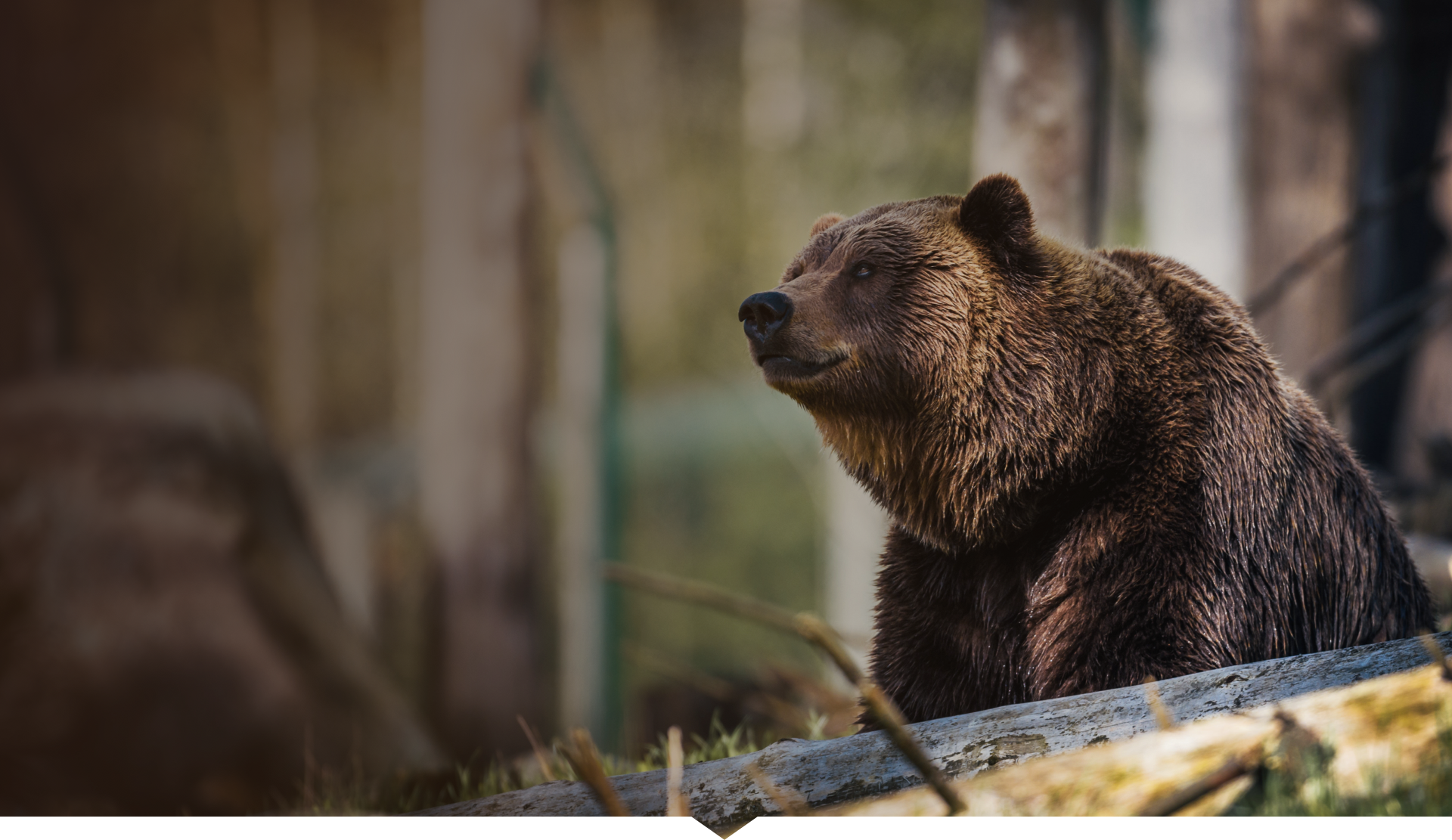Research in Hormozgan
In 2009, a project was initiated in cooperation with the Ministry of DoE in the province of Hormozgan, Iran – to map the Asiatic black bear (Ursus thibetanus gedrosianus) population and to find out what the main threats to the population were. This was achieved by using camera traps and through interviews with people living in the area. Analysis of the images made an estimation of the size and distribution of the population possible. From the interviews it appeared that the distribution area is larger than researchers first assumed, as local people had also spotted bears in neighbouring areas. It also became clear that the number of human-bear conflicts in the area was considerable.
The researchers produced distribution maps of the bears, they know where many human-bear conflicts occur and have more information about the bear’s ecology and what threatens the species’ existence. This formed a solid basis for the project which Bears in Mind supported between 2014 and 2017. Bashagard was selected as the pilot study area. In this area there are many bears and many human-bear conflicts and the living standards of the local human population is quite low.
Together with the local people
Following analysis of the social, economic and cultural status of the local people, an action plan has been put together in cooperation with various Ministries including the Ministry of Agriculture, the Environment, Education, Culture and Tourism. The objective of the plan is to protect the Asian black bear together with the local people of Bashagard, who will then be able to support their own existence!
Bears in Mind supported several consecutive years of the project, during which further research into the ecology, biology and distribution in the black bear population was conducted. This was done through camera trap surveys, scats, scrapes and looking for winter dens. In order to reduce human-bear conflict, an experiment was done which allowed local people to buy insurance against any damage done by bears to either lifestock or crops. In addition, an indepth educational programme has been established, which focuses mainly on the role of the bear within the ecosystem and on the possibility that people can coexist with bears. People also learned about overgrazing, erosion, setting up small businesses and establishing a nature area in which they themselves play an important role and which also secures their livelihood.
Dark period
The project came to an abrupt halt early 2018 when the pricipal researcher of the project, Taher Ghadirian, was detained together with several of his colleagues, by the Regime in Iran. They were doing cameratrap research on one of the most endangered mammals on the planet: the Asiatic cheetah. The group was jailed on unfounded suspicion of espionage. After being innocently jailed for 6 years and 3 months, the last four incl. Taher where pardoned and released on April 8 en 9 of 2024.
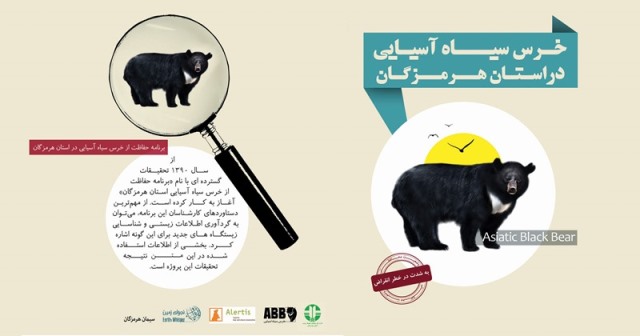
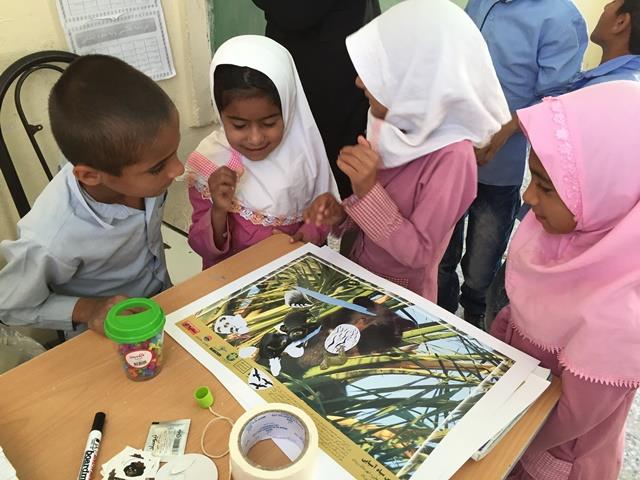
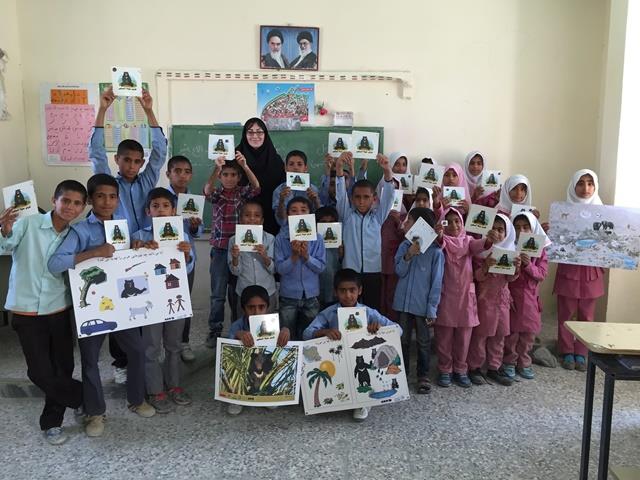
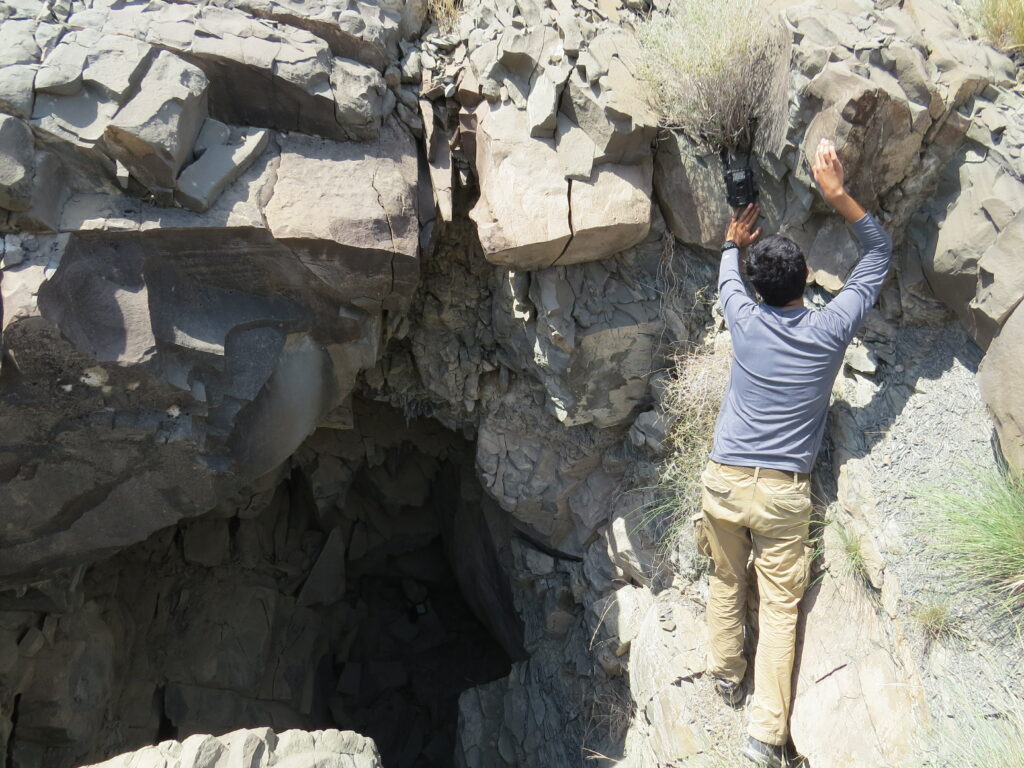
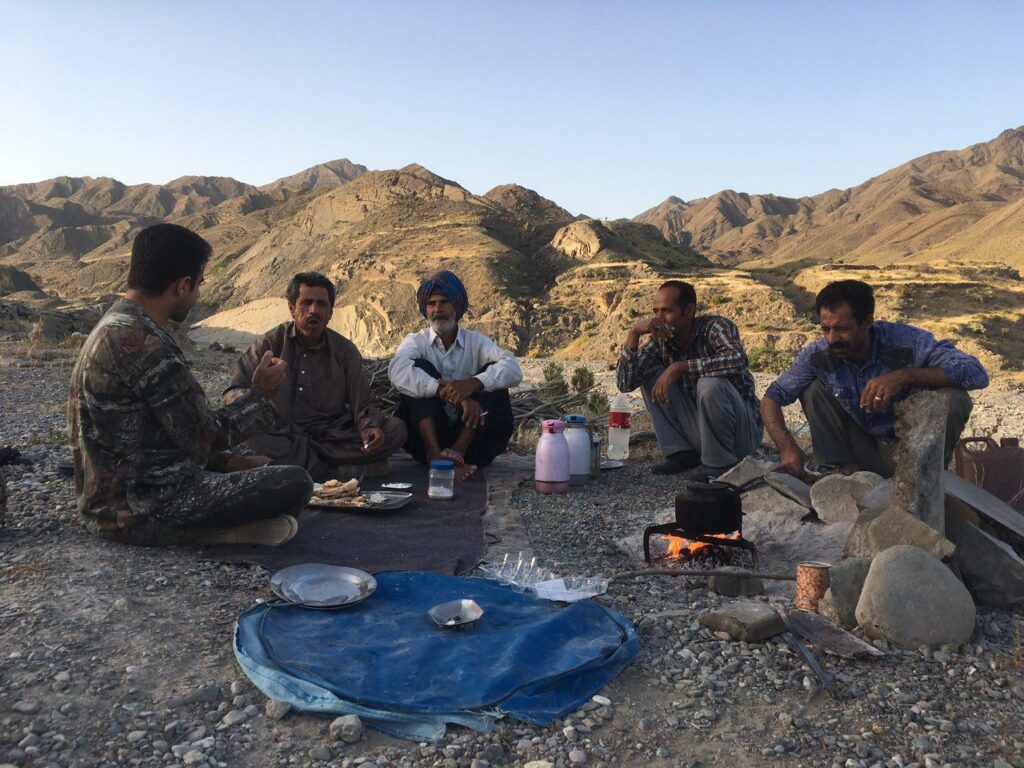
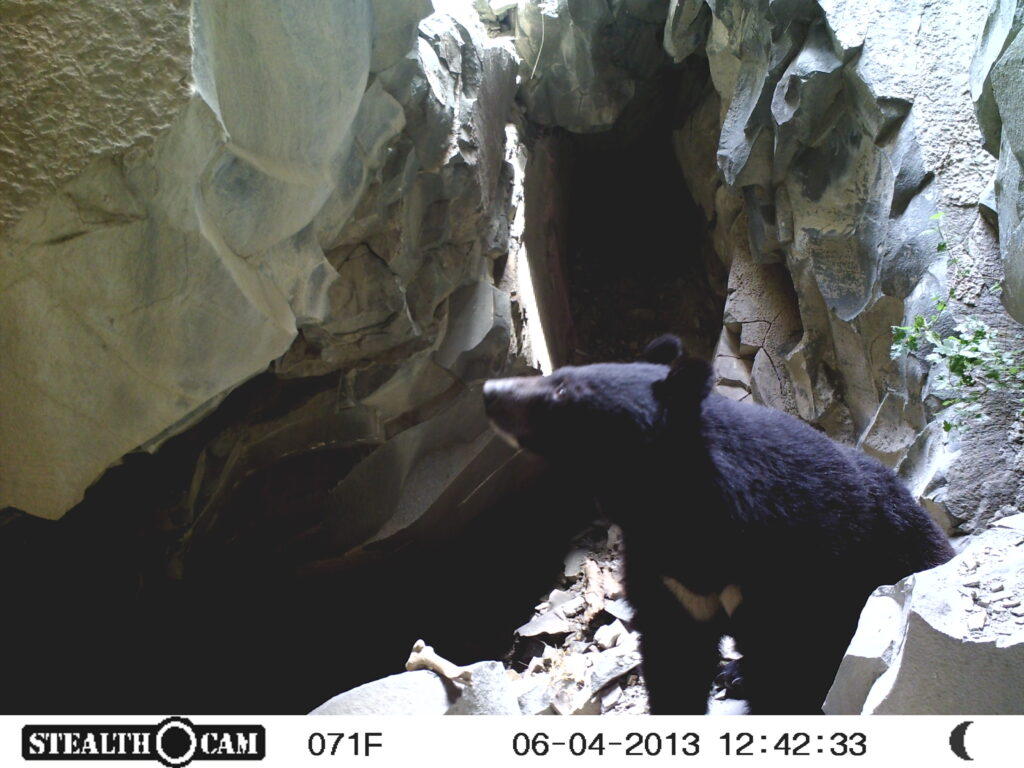
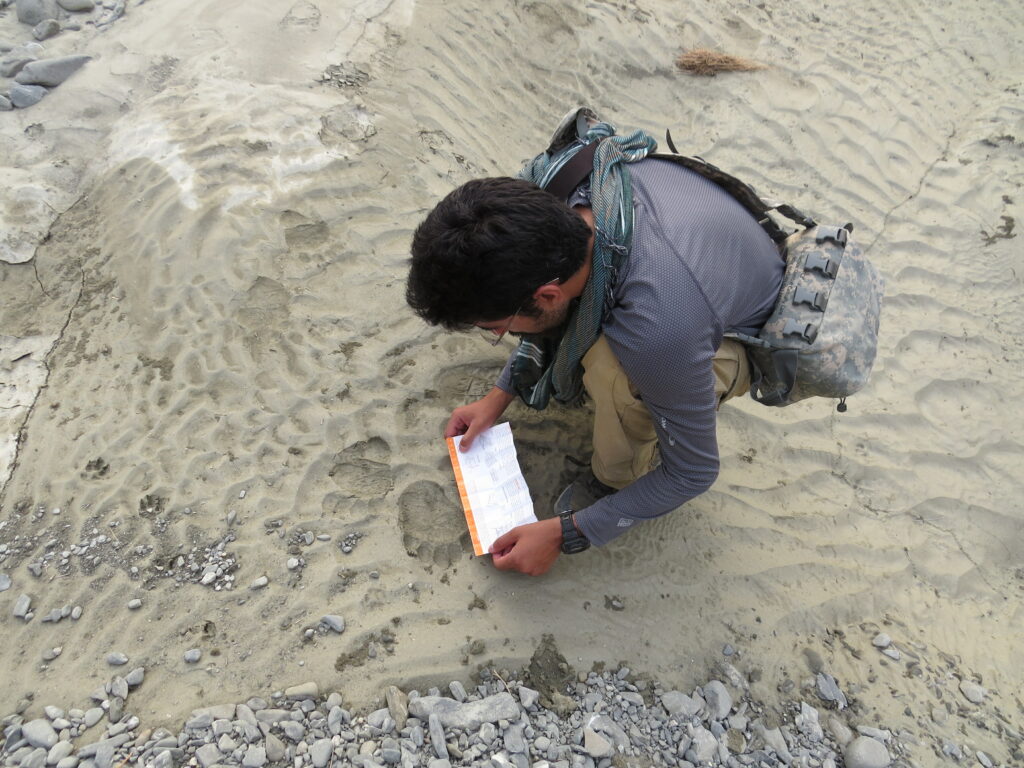
2025 onwards!
Taher has resumed his conservation work on Asiatic black bears and Bears in Mind is supporting him in this important and nature positive endeavour!
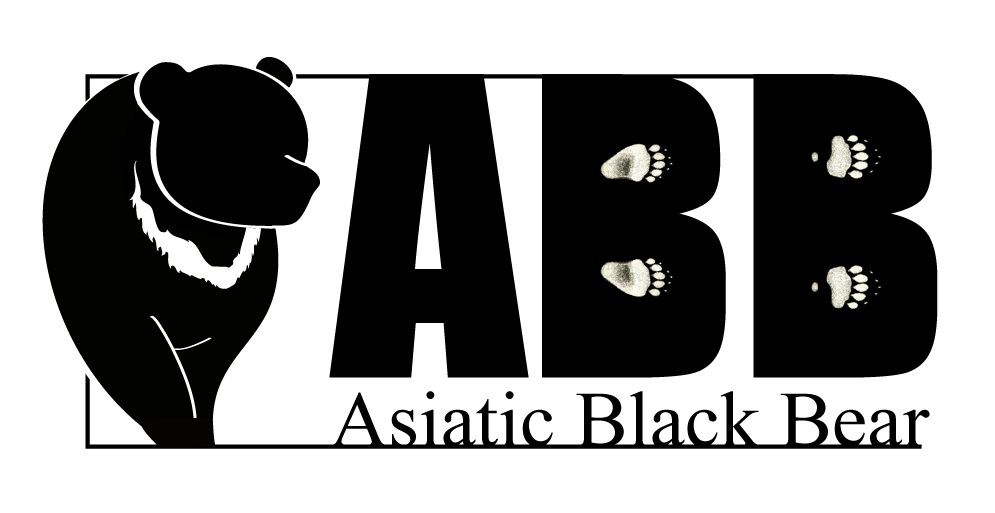
Partner:
Asiatic Black Bear Project / Earth’s Whisper


